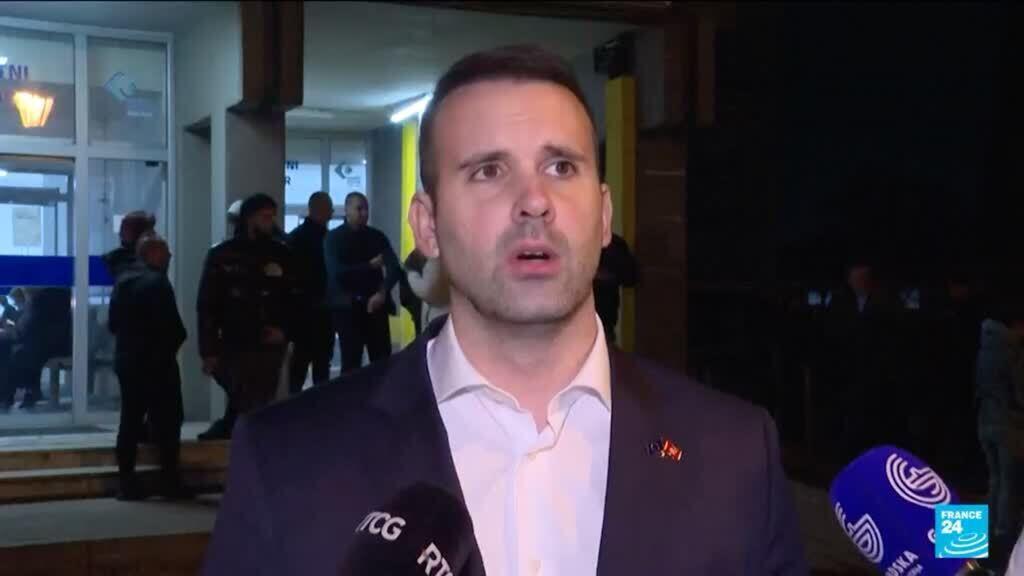When the French writer Jules Verne died in 1905, powered air flight, which he had put at the center of his 1886 book Robur the ConquerorIt had moved from imagination to reality. Exactly two years ago, the Wright brothers achieved the first manned air flight in human history
Yet many of Verne’s predictions about world-changing technologies were still far from being realized when he died. To be able to orbit the Moon in a spaceship, as he depicted in his 1865 novel around the moonSeemed like a distant fantasy. But this became true just sixty years later in 1968 with NASA’s Apollo 8 mission.
Verne’s genius lay in the fact that he clearly imagined how existing technologies could be developed, then incorporated his ideas into exciting adventure stories.
This fascinating combination of fact and fiction makes Verne’s novels ideal for stimulating interest in science and technology even today, despite all the advances that have taken place since they were written. That’s why Verne’s stories inspired countless scientists and inventors, and still do today. Here are four such examples.
Simon Lake (1866–1945), submarine designer
Simon Lake was an American naval architect who designed some of the first submarines for the US Navy. He said that he was indebted to Jules Verne, especially Verne twenty thousand leagues under the sea (1869–1870), which he first read when he was 10 or 11 years old.
The book involves a ship called the Nautilus, a far more advanced seaplane than the rudimentary submarines that existed at the time the book was written.
Lake was obsessed with the ambition to build a submarine that would match or surpass the Nautilus in its performance.
Lake made some progress by designing a submarine called the Argonaut. The Argonaut’s successful 1,000-mile (1,609 km) voyage in 1898 gave Lake the pleasure of receiving a congratulatory telegram from Verne himself.
Later, Verne’s grandson, Jean-Jules Verne, was invited to become the “godparent” of one of Lake’s later, more advanced submarines. In honor of the French writer, the ship was renamed Nautilus before an Arctic expedition in 1931.
Alberto Santos-Dumont (1873–1932), aeronaut and inventor
Brazilian inventor Alberto Santos-Dumont not only designed and built some of the first powered airplanes, but also flew them. Among his many trips, he circled the Eiffel Tower in Paris with his airplane no. 6 in 1901, a performance that brought him great fame throughout the world at that time.
Santos-Dumont designed, built and flew powered aircraft such as gliders and ornithopters. He made a flight of 220 meters (241 yd) at an altitude of 6 meters (20 ft) in his “14-bis” in November 1906.
In his book, my airplane, Santos-Dumont cited many of Verne’s works as inspiration for his curiosity about the world and technology, and called the French author his “favorite author” of his youth.
Igor Sikorsky (1889–1972), aviation pioneer
Igor Sikorsky’s mother, Maria Stefanovna Sikorskaya, instilled in Russian-American aviation pioneer Igor Sikorsky a love of Jules Verne’s stories.
especially, Robur the ConquerorWith his clearly described aircraft, Sikorsky was inspired to create the helicopter for which he became famous.
After several failed attempts in the early 20th century, Sikorsky succeeded in designing and flying the first practical American helicopter, the Vought-Sikorsky VS-300, in 1939.
The initial prototype of the helicopter was modified to create the Sikorsky R-4, the world’s first mass-produced helicopter.
Sikorsky also designed several fixed-wing airplanes, mostly after emigrating from Russia to America in 1919 after the Russian Revolution of 1917.
Konstantin Tsiolkovsky (1857–1935), rocket scientist
Konstantin Eduardovich Tsiolkovsky, one of the pioneers of modern rocket science and astronautics, also named Jules Verne as the person who inspired his interest in space flight.
Tsiolkovsky imitated Verne as a writer by publishing the novel “On the Moon” in 1893. He also wrote many philosophical and scientific works dealing with space travel and the human relationship with the universe.
Verne’s imaginary depiction of a spacecraft carrying lunar travelers in the form of a cannonball never came to fruition in reality. In contrast, Tsiolkovsky developed theories on many of the principles of rocket propulsion and space travel that are practical and still hold true today.
Like Verne, Tsiolkovsky was convinced that humans would one day venture further into the solar system.
“Man will not remain forever on Earth; the exploration of light and space will lead him to penetrate the limits of the atmosphere, timidly at first, but ultimately to conquer the entire solar space,” the inscription on his obelisk reads. Tsiolkovsky himself wrote.
Edited by: Fred Schwaler






Leave a Reply